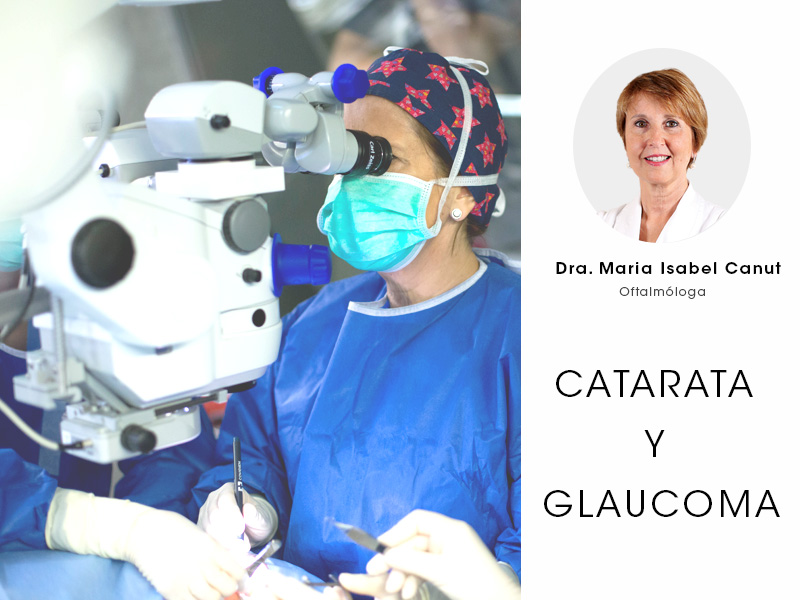What causes cataracts in the eyes and how to prevent them?
06/03/2025

11/12/2018
Cataract and glaucoma are two eye conditions with different aetiologies but which may, very often, occur alongside one another, especially from the age of 50 onward. Special mention must be made of congenital eye conditions and secondary glaucoma, in which both pathologies may be associated with each other outside a pre-determined age range.
The importance of the association does not just lie in the diagnosis, but also in which approach we decide to use to tackle them: isolated or combined techniques, in addition to the choices around chronological order. Controlling the progression of the glaucoma should always be the first port of call, dealing with the potentially limited eyesight in case it isn't treated in time. On other occasions, however, it is the cataract that may trigger an imbalance of intraocular pressure, and if it is not removed beforehand an irreversible angle-closure occurs, it may lead to angle-closure glaucoma.
New minimally invasive techniques
The last decade has seen the development of surgical methods for the control of ocular hypertension and glaucoma seeking a minimally invasive approach, which is where the Anglo-Saxon name MIGS (minimally invasive glaucoma surgery) comes from and the majority of these approaches can be combined with cataract surgery. According to its first definition, to come under the term MIGS five attributes must be present:
Furthermore, it may include techniques that act upon different routes like the subconjunctival, supracoracoid, or even the trabeculo-canalicular route. The MIGS currently available in Spain are:
The criteria for applying one technique or the other basically depends on the progression of the glaucoma, characteristics of the eye such as the status of the conjunctiva and the cornea, as well as the grade of the angle width.
The ability to approach two commonly associated pathologies like cataract and glaucoma in the same surgical procedure is hugely advantageous for controlling the progression of glaucoma; as it is for being able to improve visual acuity through simultaneously performing the removal of the cataract, within a margin of proven efficacy and minimising the post-operative recovery period, thereby giving the patient an improved quality of life.
The COB Glaucoma Department has experience in the application of MIGS techniques, using them provided that the indications fit the profile for each pathology to be treated.